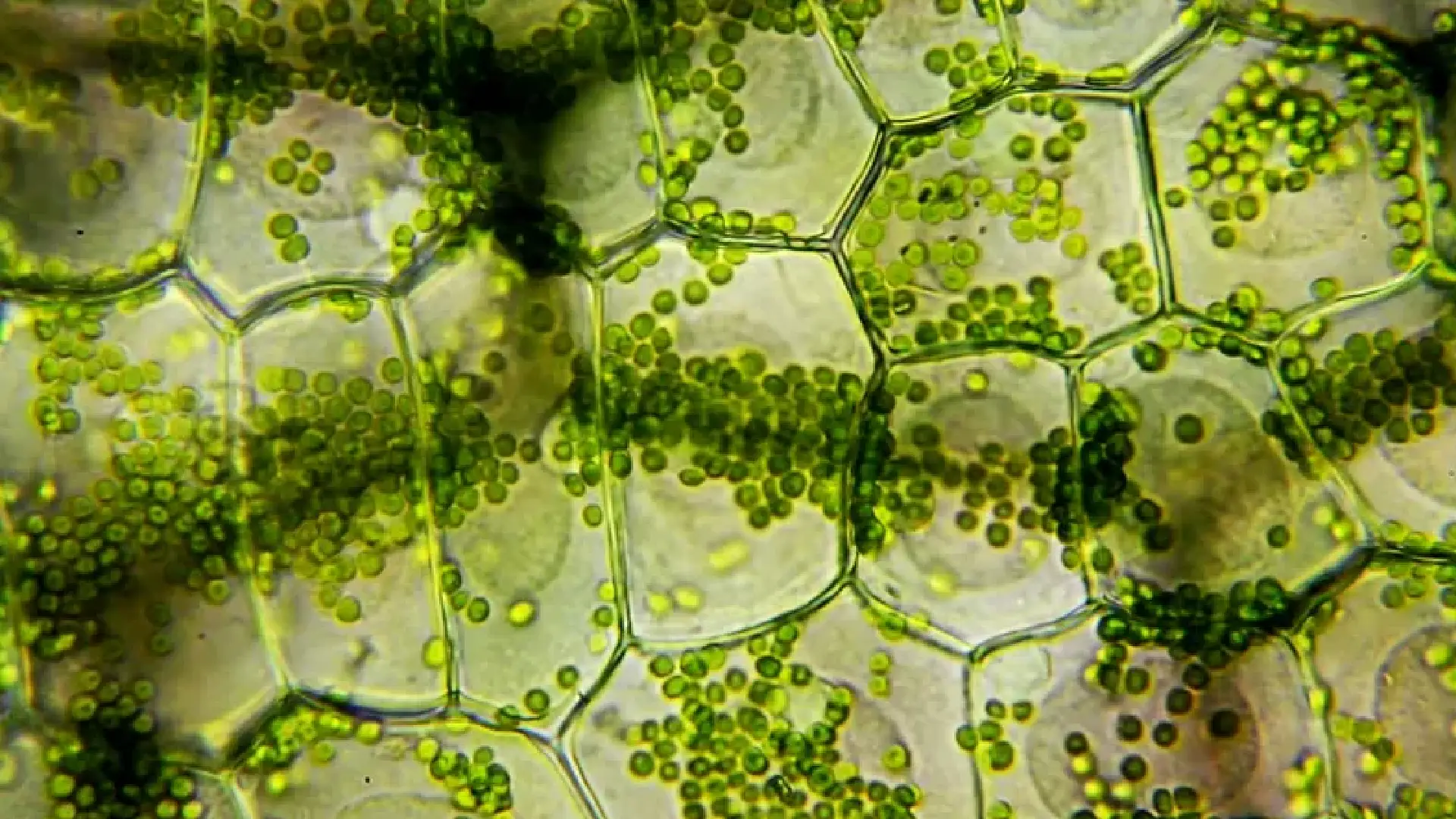Photosynthesis is a remarkable natural phenomenon that powers life on Earth. It’s a process that not only sustains plants but also has a profound impact on our planet’s atmosphere. The green plants, along with certain other organisms, harness the radiant energy of the sun to create their own food. But what’s often overlooked is the crucial byproduct of this process: oxygen. In this article, we’ll delve into the fascinating world of photosynthesis, exploring how plants produce oxygen and why it’s vital for life on Earth.
Understanding the Oxygen Connection in Photosynthesis
Photosynthesis is a complex biochemical process that takes place in the chloroplasts of plant cells. It involves the conversion of carbon dioxide, water, and minerals into sugar (glucose) and oxygen, all fueled by sunlight. The energy captured from sunlight is transformed into chemical energy, which is essential for the plants’ survival. The basic equation for photosynthesis can be summarized as follows:
6 CO2 + 6 H2O + light energy → C6H12O6 (glucose) + 6 O2
This equation shows that six molecules of carbon dioxide and six molecules of water, when combined with light energy, result in one molecule of glucose and six molecules of gaseous oxygen.
The Role of Water in Oxygen Production
The release of oxygen during photosynthesis is a direct consequence of the photolysis of water, a key process in the light-dependent reactions of photosynthesis. Photolysis occurs due to the excitation of electrons in the plant’s photosystem. When sunlight hits the chlorophyll pigments, it excites the electrons, causing them to be transferred to the primary electron acceptor. This electron movement creates a gap in the photosystem, which is filled by the splitting of water molecules.
The photolysis of water leads to the production of oxygen, protons (H+), and electrons. The oxygen molecules are released as waste products, while the protons and electrons play essential roles in the further stages of photosynthesis.
Importance of Oxygen Production
The release of oxygen during photosynthesis is not just a biological quirk; it plays a vital role in the Earth’s ecosystem. Oxygen is crucial for the respiration of most living organisms, including animals and even other plants. This process, known as cellular respiration, involves the breakdown of glucose and the consumption of oxygen to release energy that fuels cellular activities.
Moreover, the oxygen produced during photosynthesis contributes to the maintenance of the Earth’s atmosphere. It plays a significant role in balancing the levels of gases, ensuring that the atmosphere remains oxygen-rich, supporting life as we know it.
In conclusion, photosynthesis is a complex and wondrous process that not only provides food for plants but also produces the life-sustaining oxygen we breathe. Understanding this remarkable system helps us appreciate the intricate web of life on our planet and the interconnectedness of all living things.
